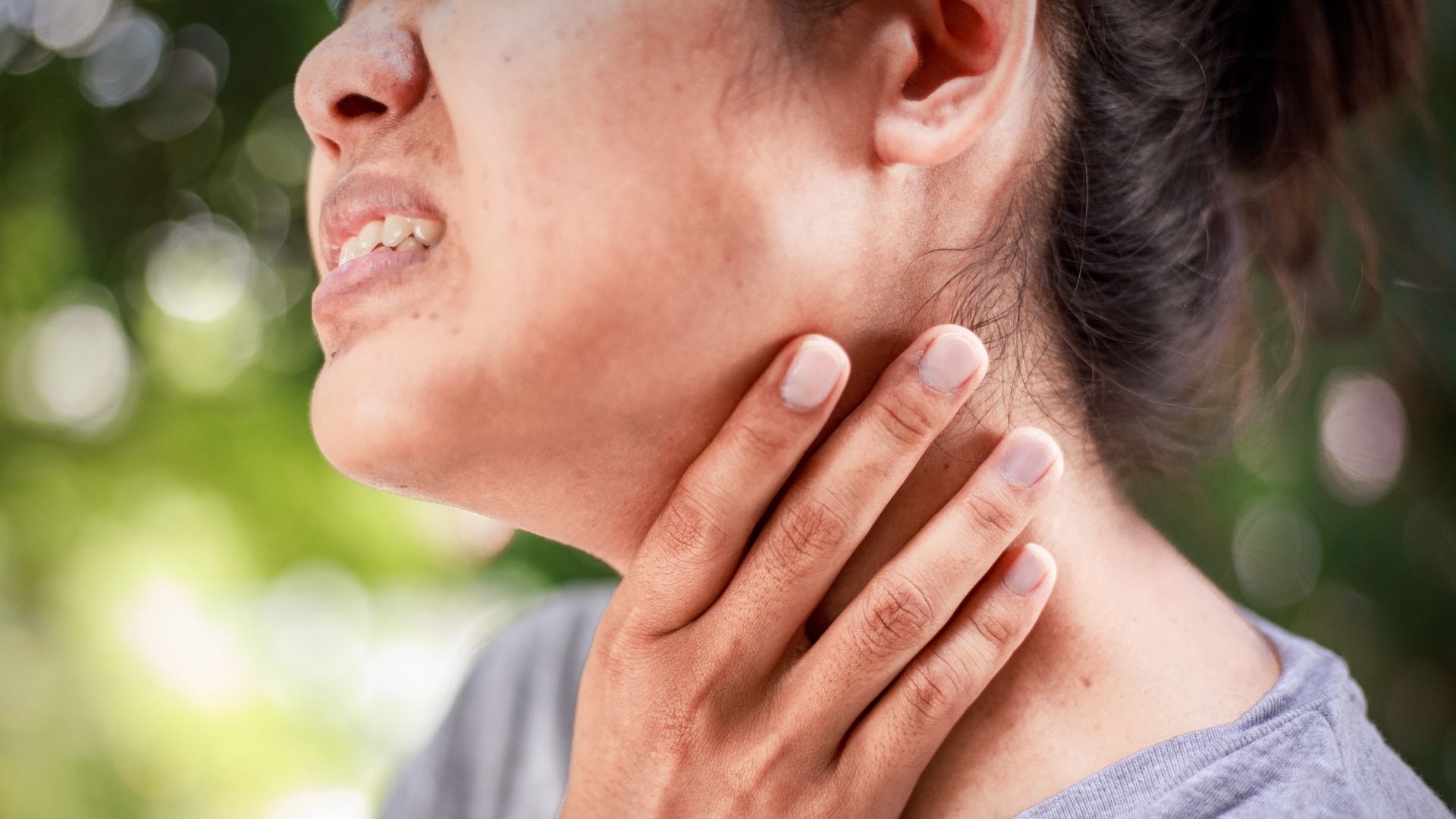Medical and surgical management will usually be directed at the underlying diagnosis as well as encompassing dietary and lifestyle modifications to improve exacerbating factors such as dry-mouth or GORD.
Complex dysphagia requires collaborative work with a speech and swallow therapist. We will develop an individualised programme of exercises designed to help your swallow, aiming to divert food away from the airway in an aspirating larynx, strengthen the tongue musculature and the external muscles that surround the throat and provide strategies to clear food and fluid that may have entered the larynx.
Surgical procedures to improve swallow may be recommended after careful assessment as outlined above and will vary depending on the abnormalities found, but here are some examples.
If there is an abnormality in the larynx that predisposes to aspiration, such as a vocal cord palsy, this could be corrected by injection of an artificial tissue substance into the larynx to help temporarily move or “medialise” the vocal cord. A permanent medialisation could be performed using a non-dissolving implant. This will improve voice and cough and the ability to clear away food debris that may have soiled the airway.
A thickened upper oesophagus sphincter or ring of muscle in the cricopharyngeus segment may be relaxed by injection of botulinum toxin through the mouth under a short general anaesthetic and the area gently dilated with a balloon. If this is effective then a more permanent solution may be offered: either a minimally invasive laser division of the muscle through the mouth (endoscopic) or division of the muscle through an external neck incision.
A pharyngeal pouch may be similarly addressed via an endoscopic (through the mouth) stapling or laser procedure, although very large ones can only be treated through a neck incision.
Pharyngeal and upper oesophageal strictures including those caused by radiotherapy may be gently dilated with a balloon, following the injection of botulinum toxin. Depending on the cause, this procedure may need to be repeated.
Other less commonly employed larynx suspension type procedures are designed to fix the voice box skeleton to the mandible and/ or hyoid bone. This raises it against the base of tongue. Food is then more likely to flow over a partially closed and therefore protected larynx. The suspension may also stretch open the cricopharyngeal muscle segment allowing smoother transit of food into the oesophagus.
Globus Pharyngeus.
This term isn’t a diagnosis but is commonly used to describe the sensation of a lump or a foreign body or pressure in the throat.
The sensation may be exacerbated when you swallow your own saliva. In the majority of people, particularly if there are no other associated symptoms the cause is benign, however for peace of mind it is important that you are fully examined by an experienced ENT surgeon with a specialist interest in laryngology or Head and Neck surgery. This is in order exclude the rare possibility of a cancer in the throat, back of tongue or the upper gullet. An endoscopic examination of the swallowing apparatus including the gullet is a vital component. This can often be performed in the outpatient clinic.
If there are any concerning features in your history or examination, additional tests such as a CT, MRI and/ or dynamic X-ray swallowing studies may be required to help with the diagnosis.
Assuming malignancy has been excluded, the cause of globus sensation is usually multifactorial but probably originates from irritation of the muscular wall of the lower throat/ upper gullet (oesophagus). Conditions like gastro oesophageal acid reflux (GORD) and oesophageal dysmotility; irritants such as cigarette smoke, pollution or cleaning chemicals and inflammatory fluid drip from the back of the nose are common culprits that may amalgamate to cause a globus sensation. Nasal blockage and consequent mouth breathing tend to dry the throat, particularly during sleep. Some medications can cause a dry mouth or cough and may contribute. Sometimes an external lump that partially compresses the upper gullet, such as from an enlarged thyroid or a bony growth in the spine may cause a globus type symptom.
There is often an initial trigger event such as infection, or injury to the throat or neck. Globus sensation is often a sequel of an acute psychologically stressful situation and it is important that this be addressed in conjunction with any physical ailments.
For most patients, symptoms may resolve following a thorough clinical examination, an empirical course of anti-reflux treatment and lifestyle changes, including hydration and a healthy anti-reflux diet. If dynamic X ray studies of the swallow demonstrate some motility problems, medicines that help coordinate contraction may be helpful (prokinetics or neuromodulators). If all of these measures fail to alleviate symptoms you may be referred to a gastroenterologist to confirm GORD and exclude and treat other oesophageal and gastric pathology.

